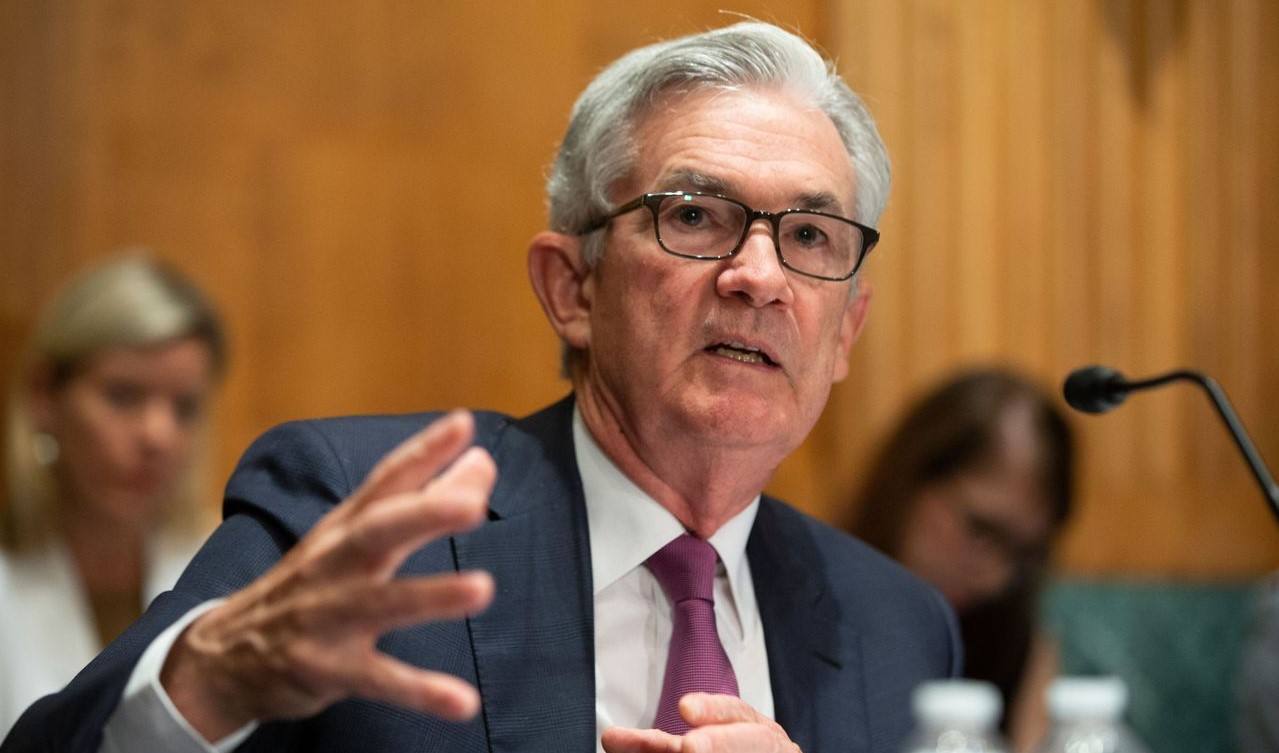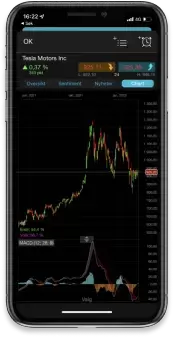November was another strong month for European stock markets, with the DAX closing 8.6% higher, while the FTSE 100 made gains of 6.74%. At the same time, the march higher in the US dollar has come to a shuddering halt, with the greenback posting its biggest monthly decline since 2010. The last two months have been a welcome respite for stock markets after a year that at one point saw the likes of the DAX and S&P 500 firmly in bear market territory. The bigger question now is whether this is a bear market rally, or the beginning of a move to new highs.
With the end of year coming up it's more than likely we won’t know for sure until early next year, but for the here and now US markets finished strongly higher on the back of some weak economic data, and Federal Reserve chair Jay Powell signalling a slower pace of rate hikes in the coming months. This was probably due to a combination of concerns over policy lags, an economic slowdown, and inflation that may already have peaked. This stronger US finish looks set to see European markets pick up where they left off, opening higher as we start the final month of 2022.
Yesterday we saw EU CPI provide the latest evidence of a possible inflation peak after headline inflation slowed more than expected in November to 10%, below expectations of 10.4%. That certainly appears to be the overriding narrative that is dominating sentiment in markets ahead of the upcoming meetings of the Federal Reserve, European Central Bank and Bank of England in around two weeks’ time.
With Fed chair Jay Powell more or less confirming that the US central bank would be hiking in smaller interest rate increments starting this month, in comments made yesterday, the real question now is how many more hikes are likely to follow, and more to the point how big will they be? With US data already showing signs of weakness on the manufacturing side, any thought that the terminal rate could go much above 5% has to be wishful thinking on the part of the more hawkish members of the FOMC, if the data continues to weaken.
Cracks are already starting to show in some areas of the US economy, with a weak ADP report and a shocker of a Chicago PMI number, although yesterday’s US Q3 GDP upgrade was treated as evidence that there’s isn’t too much wrong with the US economy. The flaw in that thinking is that data is more than two months out of date, with today’s ISM numbers potentially pointing to further weakness in the US manufacturing sector, with a particular focus on the prices paid component.
Despite Powell’s comments yesterday, attention remains very much on the data and the latest PCE core deflator numbers for October. In the recent CPI numbers, core prices did slow from 6.6% to 6.3%, so we should expect to see similar weakness in the Fed’s preferred measure of measuring inflation later today. Thus far we’ve seen little evidence that this measure might start to come down, although it is lower than the peak in February. Expectations are for it to slip back from 5.1% to 5%, while the PCE deflator is expected to fall back to 6%.
US personal spending in October is still expected to remain resilient with a rise of 0.8%, up from 0.6% in September. Weekly jobless claims are expected to slip back to 235,000 from 240,000.
Today’s manufacturing PMI numbers from Europe are also set to reinforce that bearish narrative when it comes to slowing growth with the Spain, Italy, France, and Germany November manufacturing PMIs set to be confirmed at 45.9, 47.0, 49.1 and 46.7 respectively. In the UK, manufacturing activity is also expected to come in at 46.2, also still firmly in contraction territory.
EUR/USD – slipped briefly below 1.0300 but rebounded back above 1.0400. We need to see a close above the 1.0400 area and 200-day SMA area, and a push above 1.0500 to signal further gains.
GBP/USD – while above the 1.1870 area the risk is for a move up towards the 200-day SMA at 1.2190. We need to take out 1.2200 to target the 1.2500 area. Support back at the 1.1870 area.
EUR/GBP – in tight range - ran out of steam at the 0.8675 area and has slipped back. We could squeeze back to the 0.8730 area and 50-day SMA. We have support at the 0.8570 area.
USD/JPY – ran out of steam just below the 140.00 area yesterday. Key support remains back at the 137.50 area. A break below here targets a move towards 135.00.
Disclaimer: CMC Markets is an execution-only service provider. The material (whether or not it states any opinions) is for general information purposes only, and does not take into account your personal circumstances or objectives. Nothing in this material is (or should be considered to be) financial, investment or other advice on which reliance should be placed. No opinion given in the material constitutes a recommendation by CMC Markets or the author that any particular investment, security, transaction or investment strategy is suitable for any specific person. The material has not been prepared in accordance with legal requirements designed to promote the independence of investment research. Although we are not specifically prevented from dealing before providing this material, we do not seek to take advantage of the material prior to its dissemination.







